Annual, biennial, native, to 3 feet tall, with 1 to several branched stems. Grows from a taproot, branching above. Starts growth in early spring, flowers July to August, reproduces from seeds.Leaves are gummy.
Favors dry areas, but grows on moist soils that lack other vegetation. It is most common in dry prairies, waste places, roadsides, railroads, depleted rangelands, and abandoned croplands. It often forms almost pure stands. It is found at elevations from 3,000 to 8,000 feet. Curlycup gumweed increases under drought conditions.Associated Species: Rubber rabbitbrush, big sagebrush, western wheatgrass, and associated roadside weeds.
Curlycup gumweed is unpalatable to cattle, sheep, and horses, though sheep will occasionally crop flower heads in the absence of other forage. Tannins, volatile oils, resins, bitter alkaloids, and glucosides give it an unpleasant taste. If curlycup gumweed is consumed, it may lead to poisoning due to the selenium the plant can accumulate. It is resistant to grazing and drought.
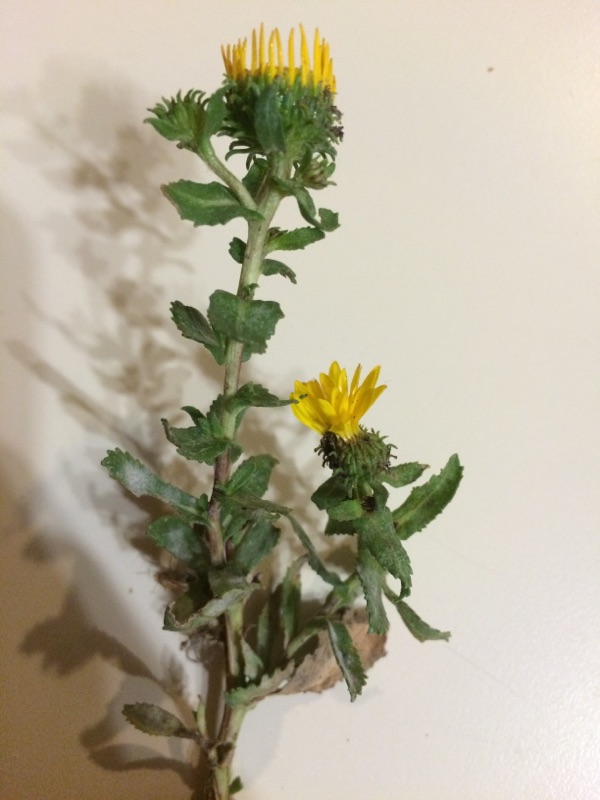
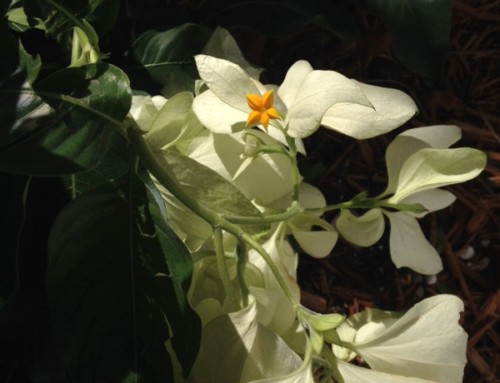
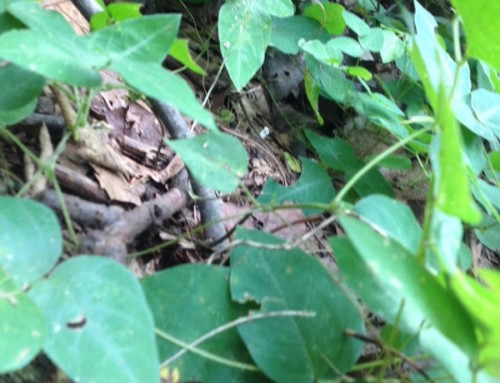
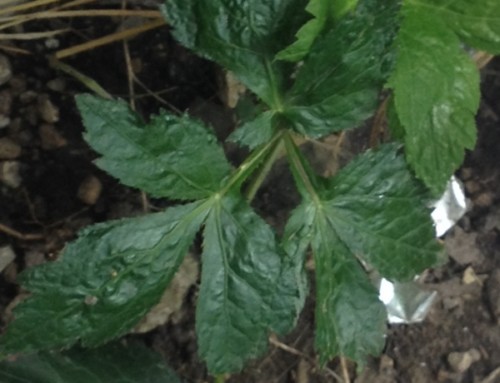
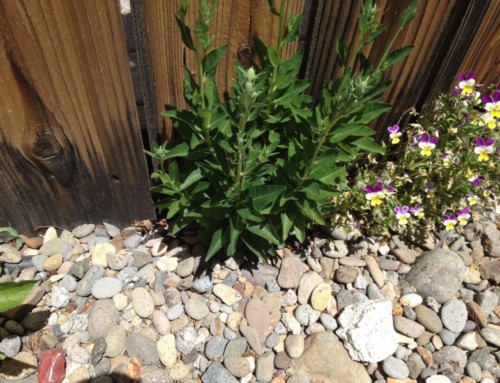
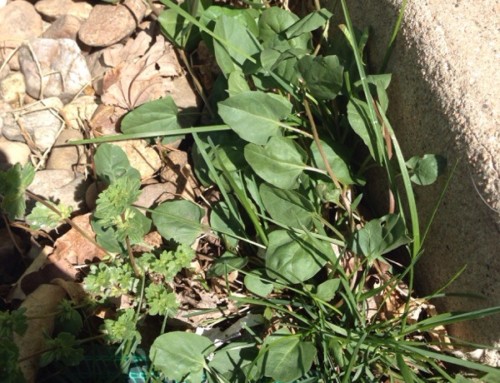
Leave A Comment